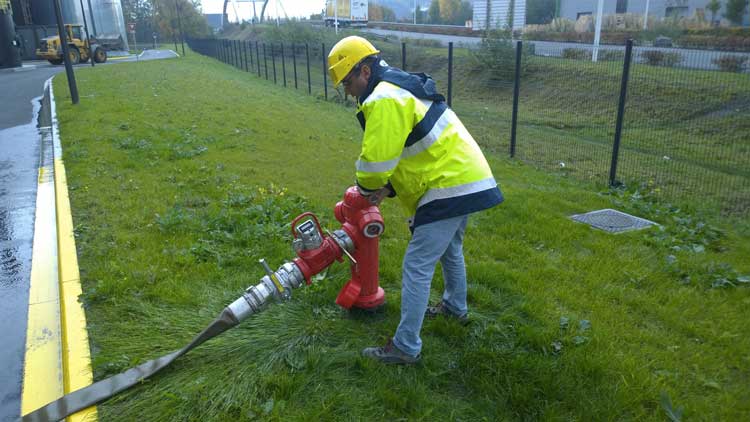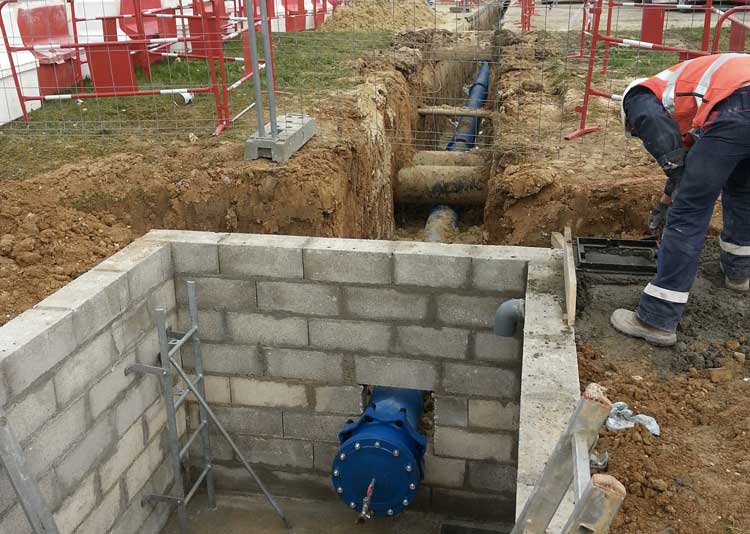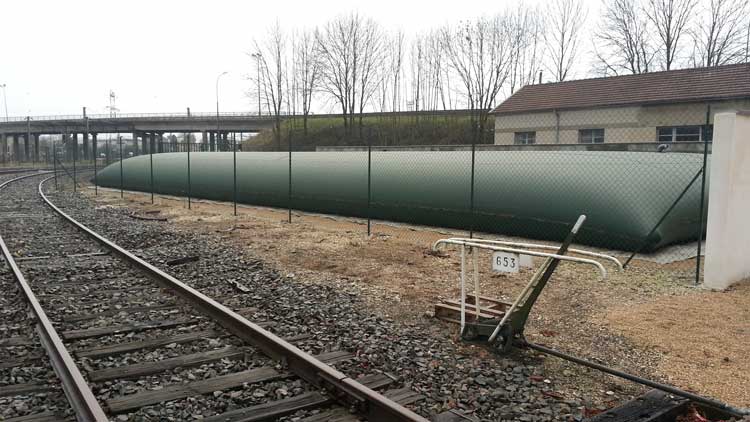Fire hydrants
Pillar and flush fire hydrants are systems installed by local councils for firefighting purposes. They comprise an underground water system used to supply fire trucks. In the case of flush fire hydrants, the access points are located in the pavement or underground and are accessible via a box with a lid. Pillar hydrants, however, are roughly one metre high.
In conventional firefighting scenarios, the firefighters’ hoses are supplied by the truck’s tank and pumper, and the truck is filled via the hydrant. In exceptional cases, a pump unit can be connected to the hydrant to supply the hoses directly.


Underground piping
During construction and operation of underground piping systems carrying fluids (water, petroleum) and gases (steam, natural gas) under pressure, safety hazards are present which can be extremely serious for workers, the neighbouring population and the environment during laying and repair: trench collapse, falls, explosions, projection of objects, ignition, electrocution, intoxication, etc.
To mitigate these hazards, specific provisions are implemented for pipeline transport. Legislation therefore sets rules relating to work procedures, layout, quality of work and conditions of pipeline operation and supervision, as well as for trench work.
Above-ground storage tank
Collapsible tanks: the above-ground storage solution for large volumes of water
Where there is no possibility of installing an underground tank, collapsible tanks provide excellent alternatives. Collapsible tanks offer a whole range of benefits: easy to transport and install, very high volumes (up to 600 m³), no water evaporation, free from oxidation and contamination, anti-UV treated to prevent photosynthesis and algal bloom, no planning permission required, etc.


